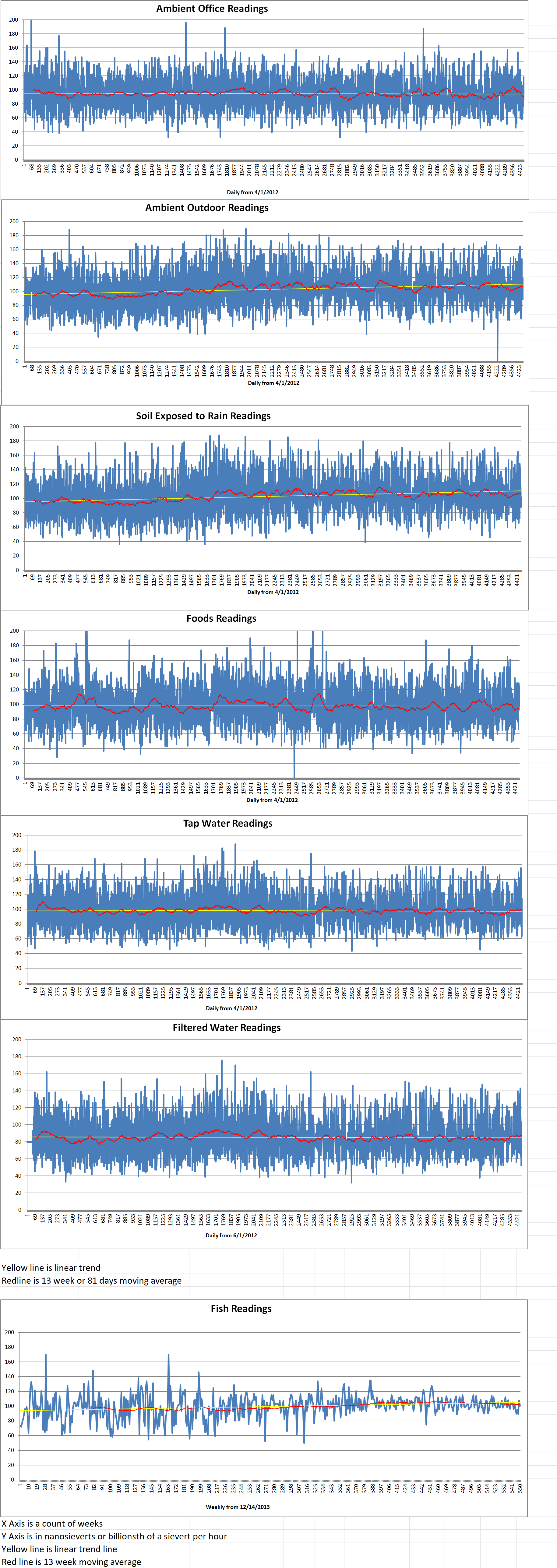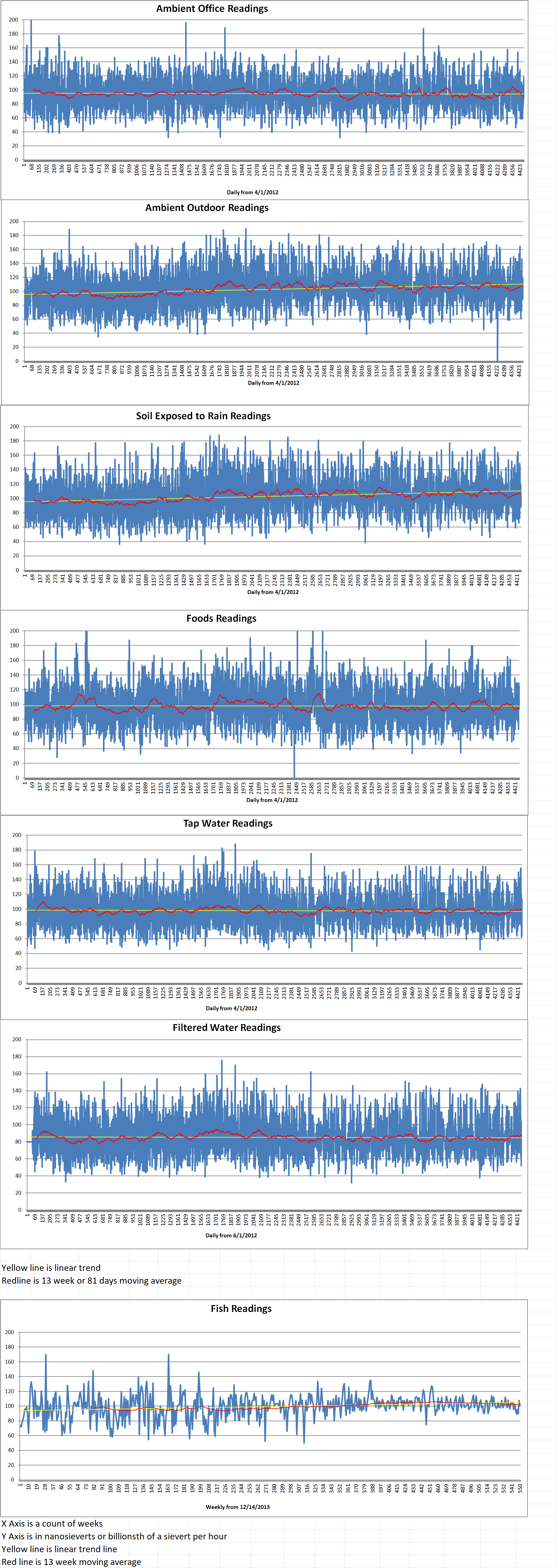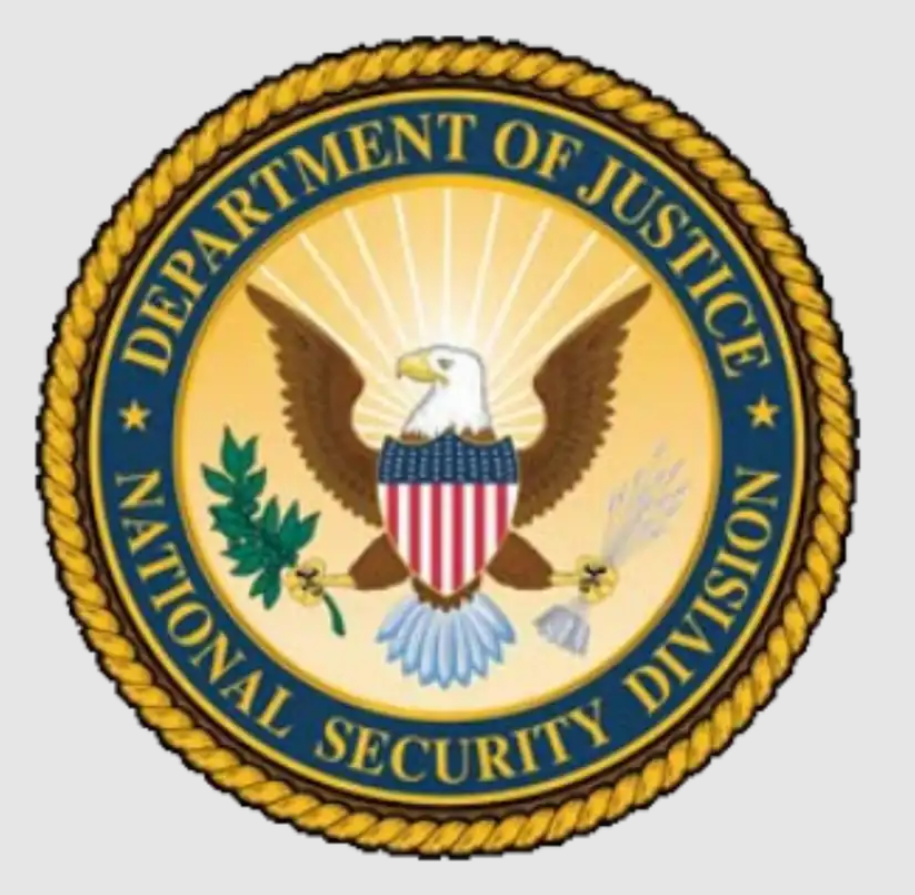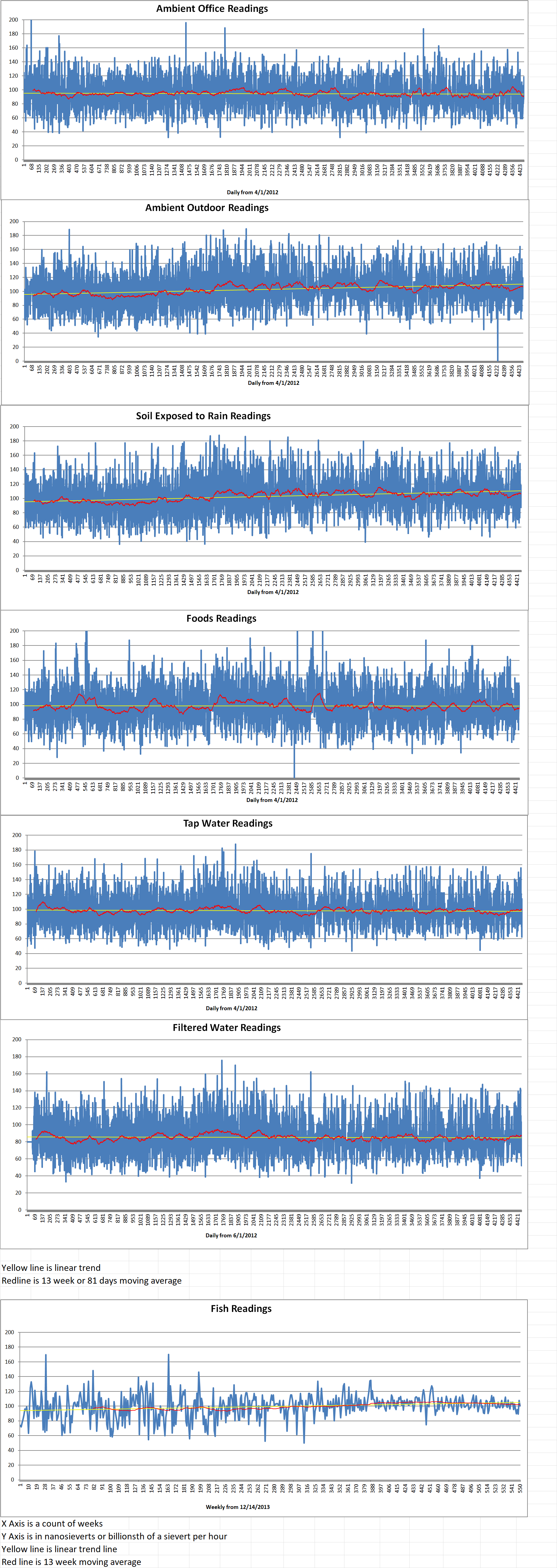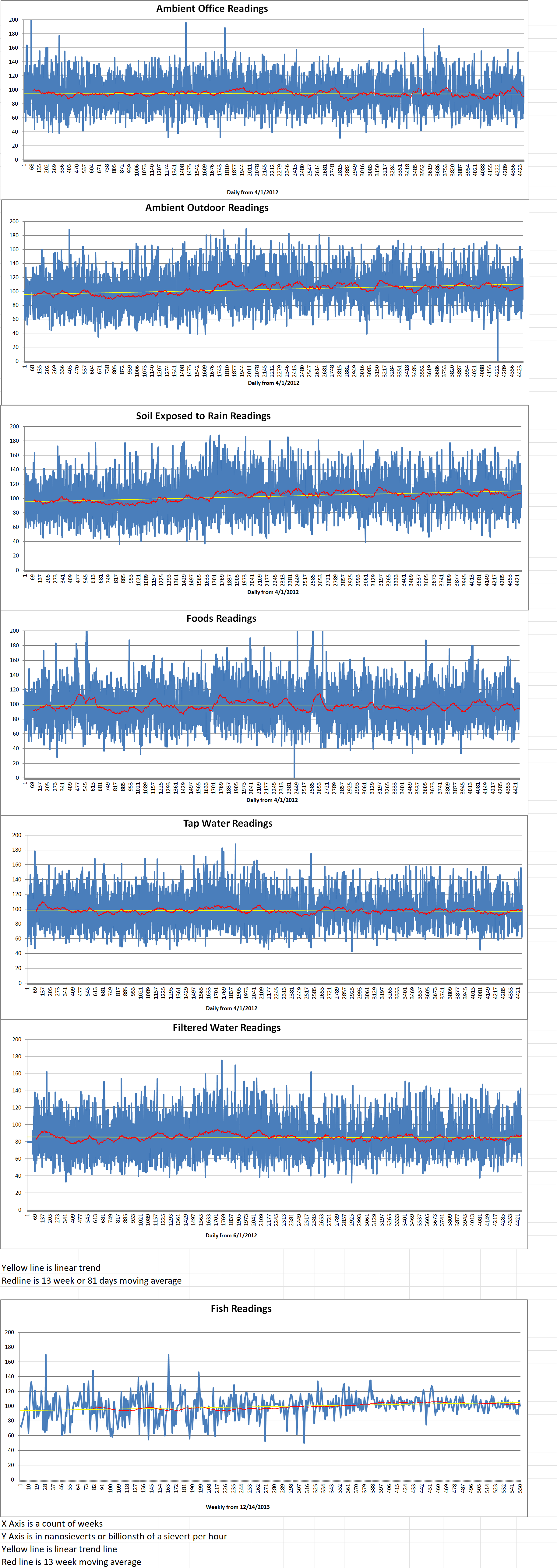Part 1 of 2 Parts
Takeshi Ebisawa, 60, of Japan, pleaded guilty in Manhattan, New York, today to conspiring with a network of associates to traffic nuclear materials, including uranium and weapons-grade plutonium as well as to international narcotics trafficking and weapons charges.
Matthew G. Olsen Assistant Attorney General of the Justice Department’s National Security Division. He said “Today’s plea should serve as a stark reminder to those who imperil our national security by trafficking weapons-grade plutonium and other dangerous materials on behalf of organized criminal syndicates that the Department of Justice will hold you accountable to the fullest extent of the law.”
Anne Milgram is an Administrator of the Drug Enforcement Administration (DEA). She said, “This case demonstrates DEA’s unparalleled ability to dismantle the world’s most dangerous criminal networks. Our investigation into Takeshi Ebisawa and his associates exposed the shocking depths of international organized crime from trafficking nuclear materials to fueling the narcotics trade and arming violent insurgents. DEA remains positioned to relentlessly pursue anyone who threatens our national security, regardless of where they operate. Protecting the American people from such evil will always remain DEA’s top priority.”
Edward Y. Kim is Acting U.S. Attorney E for the Southern District of New York. He said, “As he admitted in federal court today, Takeshi Ebisawa brazenly trafficked nuclear material, including weapons-grade plutonium, out of Burma. At the same time, he worked to send massive quantities of heroin and methamphetamine to the U. S. in exchange for heavy-duty weaponry such as surface-to-air missiles to be used on battlefields in Burma and laundered what he believed to be drug money from New York to Tokyo. It is thanks to the extraordinary efforts of the DEA’s Special Operations Division, the career national security prosecutors of this Office, and the cooperation of our law enforcement partners in Indonesia, Japan, and Thailand, that Ebisawa’s plot was detected and stopped.”
According to the court records and evidence presented at court, since at least in or about 2019, the DEA investigated Ebisawa in connection with large-scale narcotics and weapons trafficking. During the investigation, Ebisawa unintentionally introduced an undercover DEA agent (UC-1), posing as a narcotics and weapons trafficker, to Ebisawa’s international network of criminal associates, which spanned Japan, Thailand, Burma, Sri Lanka, and the U.S., among other places, for the purpose of arranging large-scale narcotics and weapons transactions. Ebisawa and his extensive network, including his co-defendants, negotiated multiple narcotics and weapons transactions with UC-1.
Ebisawa conspired to broker the purchase, from UC-1, of U.S.-made surface-to-air missiles, as well as other heavy-duty weaponry. These weapons were intended for multiple ethnic armed groups in Burma (including the leader of an ethnic insurgent group in Burma (CC-1)), and to accept large quantities of heroin and methamphetamine for distribution as partial payment for the weapons. Ebisawa understood that the weapons he was selling were manufactured in the U.S. and taken from U.S. military bases in Afghanistan. Ebisawa planned for the heroin and methamphetamine to be distributed in the New York City market.
In a separate transaction, Ebisawa conspired to sell eleven hundred pounds of methamphetamine and eleven hundred pounds of heroin to UC-1 for distribution in New York. As part of that transaction, on or about June 16th, 2021, and on or about Sept. 27, 2021, one of Ebisawa’s co-defendants provided samples of approximately two pounds of methamphetamine and approximately three pounds of heroin. Ebisawa launder one hundred thousand dollars in purported narcotics proceeds from the U.S. to Japan.
Department of Justice National Security Division
Please read Part 2 next

